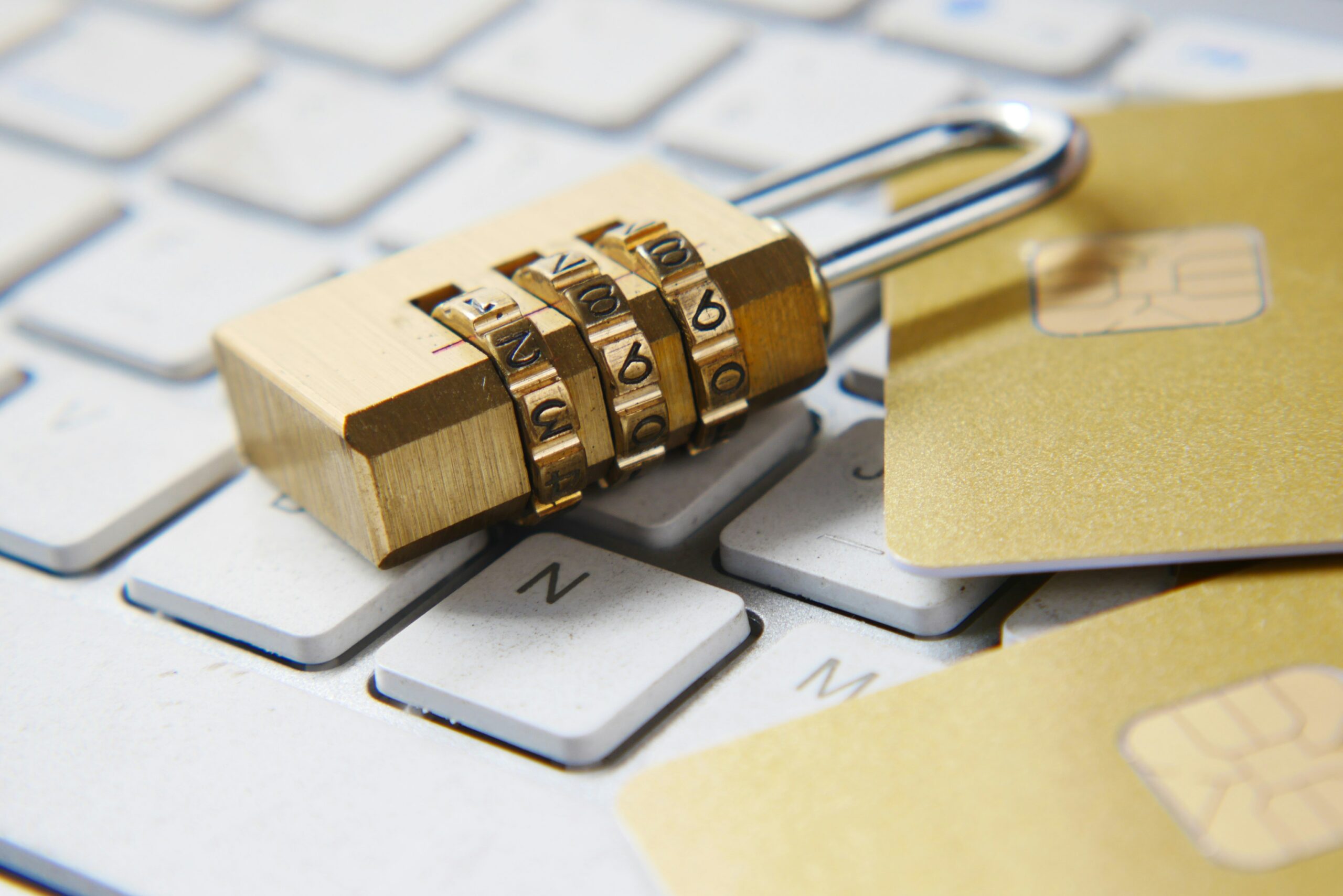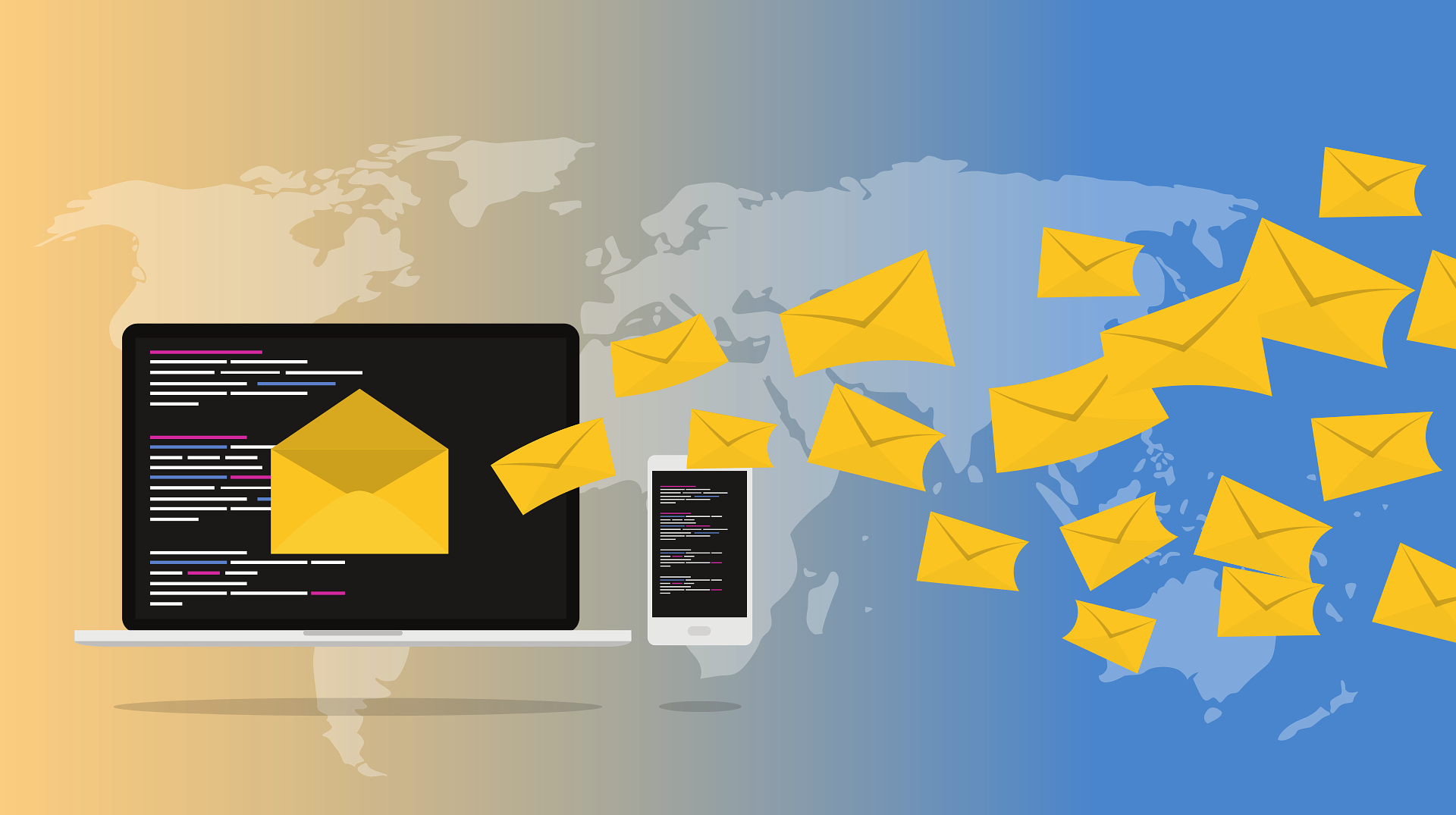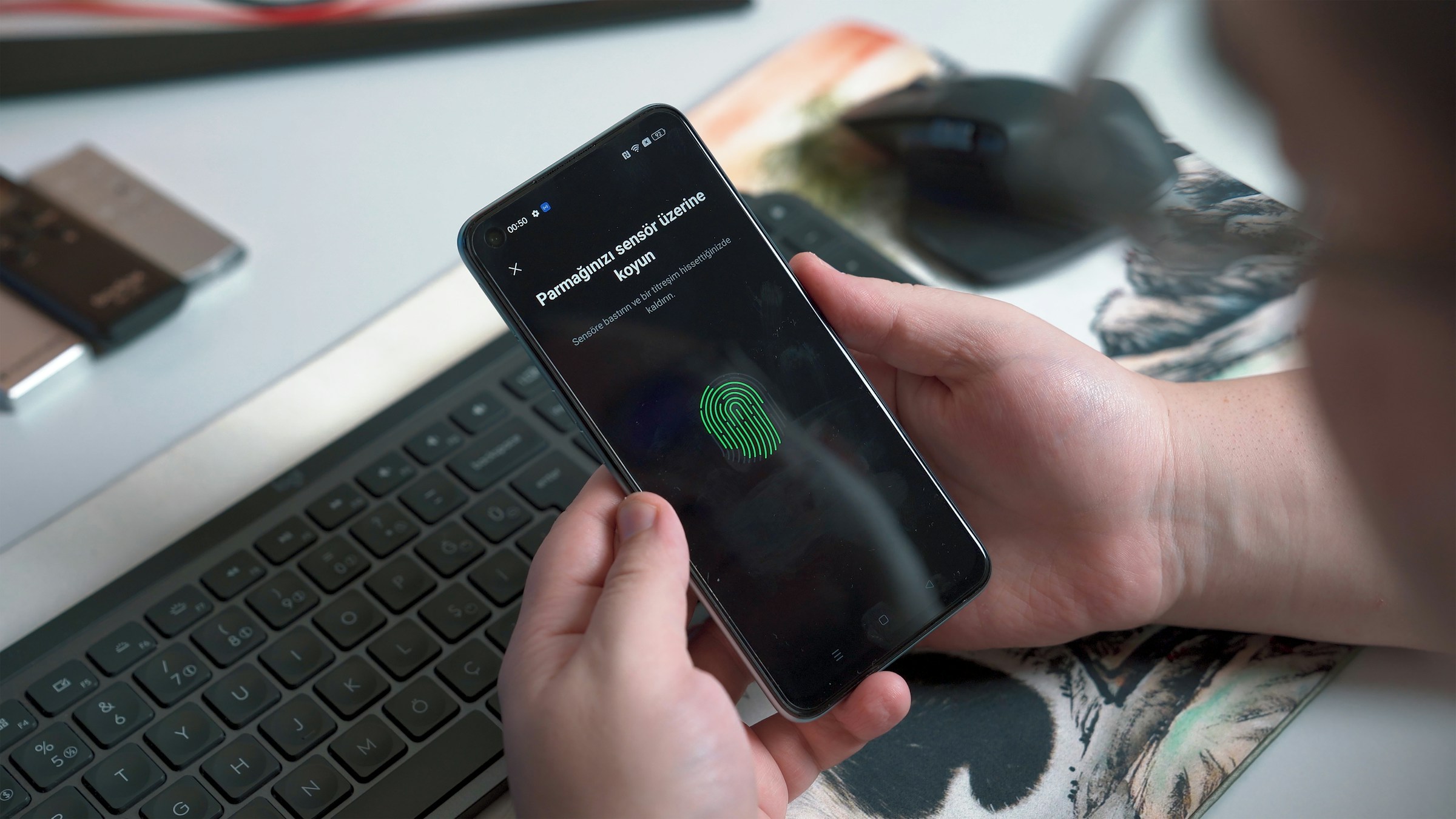The rise of cyber attacks has placed businesses at the forefront of a digital battleground, where the consequences of a breach can be devastating. As a business owner or executive, it is essential to stay ahead of the curve and protect your organization from potential cyber threats. Enter cyber insurance – a powerful tool that can provide financial protection, incident response support, and peace of mind in the face of cyber risks. In this article, we will delve into the realm of cyber insurance, unraveling its intricacies and helping you determine whether it is a necessary safeguard for your business. Join us as we navigate the world of cyber insurance and empower you to fortify your organization against the ever-evolving threat landscape.
What is Cyber Insurance?
Cyber insurance is a specialized form of insurance coverage that helps businesses mitigate the financial and reputational risks associated with cyber attacks and data breaches. It provides financial protection by covering the costs of investigating and responding to a cyber incident, as well as any legal expenses, regulatory fines, and potential lawsuits that may arise. Additionally, cyber insurance often includes coverage for business interruption losses and the costs of restoring data and systems. By investing in cyber insurance, businesses can gain peace of mind knowing that they have a safety net in place to help them recover and navigate the complex aftermath of a cyber attack.
Why is Cyber Insurance Important?
Cyber insurance is important for businesses because it provides a crucial layer of protection against the financial and reputational damages that can result from cyber attacks. In today’s digital landscape, businesses of all sizes are vulnerable to data breaches, ransomware attacks, and other cyber threats. The costs associated with these incidents can be substantial, including expenses for forensic investigations, legal fees, customer notification, public relations efforts, and potential lawsuits. Cyber insurance helps mitigate these financial risks by providing coverage for these expenses, as well as offering access to incident response services and resources to help businesses recover and minimize the impact of a cyber attack. By having cyber insurance in place, businesses can better safeguard their assets, reputation, and overall resilience in the face of evolving cyber threats.
What are the Benefits of Having Cyber Insurance?
Having cyber insurance offers several benefits for businesses:
- Financial Protection: Cyber insurance provides coverage for the financial costs associated with a cyber attack, including forensic investigations, legal fees, regulatory fines, and potential lawsuits.
- Incident Response Support: Many cyber insurance policies offer access to incident response services, such as expert guidance, breach notification assistance, and public relations support, helping businesses effectively manage and respond to a cyber incident.
- Business Interruption Coverage: Cyber insurance can cover the losses incurred due to business interruption caused by a cyber attack, including revenue loss, extra expenses, and the costs of restoring systems and data.
- Data Breach Liability: Cyber insurance can help cover the costs of notifying affected individuals, providing credit monitoring services, and managing potential legal liabilities arising from a data breach.
- Reputation Management: Cyber insurance often includes resources and support for reputation management efforts, helping businesses rebuild trust and maintain their brand reputation after a cyber incident.
- Risk Assessment and Mitigation: Some cyber insurance policies offer risk assessment services to identify vulnerabilities and provide recommendations for improving cybersecurity measures, helping businesses proactively mitigate risks.
- Peace of Mind: By having cyber insurance, businesses can have peace of mind knowing that they have financial protection and support in the event of a cyber attack, allowing them to focus on their core operations without the constant worry of potential cyber threats.
How To Choose The Right Cyber Insurance Policy
When choosing the right cyber insurance policy for your organization, it is important to consider several key factors. First, assess your organization’s specific needs and potential cyber risks, such as the type and volume of sensitive data you handle, your industry’s regulatory requirements, and the potential financial impact of a cyberattack.
Next, carefully review the coverage options offered by different cyber insurance providers, ensuring that the policy includes protection for a wide range of cyber incidents, including data breaches, ransomware attacks, and business interruption. Additionally, evaluate the policy’s limits and exclusions, as well as any additional services or resources provided, such as cybersecurity assessments and incident response support.
Finally, compare quotes and premiums from multiple insurers to find the right balance between coverage and cost. By conducting thorough research and considering these factors, you can choose a cyber insurance policy that best suits your organization’s needs and helps protect it from the ever-evolving cyber threats.
Which Industries Benefit the Most from Cybersecurity Insurance?
Financial Institutions
Financial institutions, such as banks, credit unions, and investment firms, are prime targets for cyber attacks due to the sensitive financial and personal information they handle. Cyber liability insurance is particularly beneficial for this industry as it provides coverage for potential data breaches, fraudulent transactions, and regulatory fines. With the increasing sophistication of cyber threats targeting financial institutions, having comprehensive cyber liability insurance can help mitigate the financial and reputational risks associated with cyber attacks.
Healthcare Providers
The healthcare industry holds a wealth of valuable patient data, making it an attractive target for cybercriminals. Cyber liability insurance is crucial for healthcare providers as it can cover the costs of data breaches, ransomware attacks, and HIPAA violations. Additionally, cyber liability insurance can provide coverage for the expenses associated with notifying affected individuals, offering credit monitoring services, and managing potential legal liabilities. By having cyber liability insurance, healthcare providers can protect patient data and ensure compliance with regulatory requirements.
Retail and E-commerce
Retail and e-commerce businesses handle a vast amount of customer data, including payment card information, making them vulnerable to cyber attacks. Cyber liability insurance is essential for this industry as it can provide coverage for data breaches, point-of-sale system compromises, and online fraud incidents. Additionally, cyber liability insurance can offer third-party coverage, protecting businesses from potential lawsuits filed by affected customers. With the increasing frequency of cyber attacks targeting retail and e-commerce, having cyber liability insurance is crucial to safeguard customer data and maintain trust.
Professional Services
Professional service firms, such as law firms, accounting firms, and consulting agencies, often handle sensitive client information. Cyber liability insurance is highly beneficial for this industry as it can provide coverage for data breaches, unauthorized access to client data, and potential legal liabilities arising from a cyber incident. Additionally, cyber liability insurance can offer coverage for reputational harm and the costs associated with notifying affected clients. By having cyber liability insurance, professional service firms can protect client confidentiality and mitigate the financial risks associated with cyber attacks.
Manufacturing and Industrial Sector
The manufacturing and industrial sector is increasingly digitized, with interconnected systems and the use of industrial control systems (ICS). This industry is susceptible to cyber attacks that can disrupt operations, compromise intellectual property, and cause significant financial losses. Cyber liability insurance is crucial for this sector as it can provide coverage for business interruption, system restoration costs, and potential liability arising from a cyber incident. Additionally, cyber liability insurance can offer coverage for third-party damages resulting from a cyber attack. By having cyber liability insurance, manufacturing and industrial businesses can protect their operations, intellectual property, and financial stability in the face of cyber threats.
Conclusion
In conclusion, cyber insurance is a vital tool for businesses in today’s digital landscape. The ever-evolving nature of cyber threats poses significant financial and reputational risks to organizations of all sizes and industries. By understanding what cyber insurance is and its benefits, businesses can make informed decisions to protect themselves from potential cyber attacks. Whether it is financial protection, incident response support, or coverage for business interruption, cyber insurance provides a safety net that helps businesses navigate the complex aftermath of a cyber incident. By investing in the right cyber insurance policy, businesses can fortify their defenses, mitigate risks, and safeguard their assets and reputation in an increasingly interconnected world. Stay ahead of the curve and prioritize cyber insurance as an essential component of your organization’s risk management strategy.
Final Thoughts
Strengthen your business’s security with Buzz Cybersecurity, the trusted leader in comprehensive cyber defense services. Our suite of solutions, including top-tier managed IT services, cutting-edge cloud solutions, and resilient ransomware protection, is tailor-made to meet the specific demands of businesses. With our unwavering commitment to excellence, we offer an impenetrable fortress against the ever-evolving cyber threat landscape. Join the esteemed community of California and neighboring state businesses that rely on Buzz Cybersecurity for unparalleled peace of mind. Allow our renowned industry experts to safeguard your organization from the ever-present dangers of cyber threats.
Sources
- https://www.businessinsider.com/cyber-attack-us-struggle-taken-offline-power-grid-2019-4
- https://www.business.com/insurance/data-breach/
- https://carnegieendowment.org/specialprojects/protectingfinancialstability/timeline
- https://www.cisecurity.org/insights/blog/cyber-attacks-in-the-healthcare-sector
- https://noibu.com/blog/biggest-security-threats-to-ecommerce-businesses
Photo by Scott Graham on Unsplash











